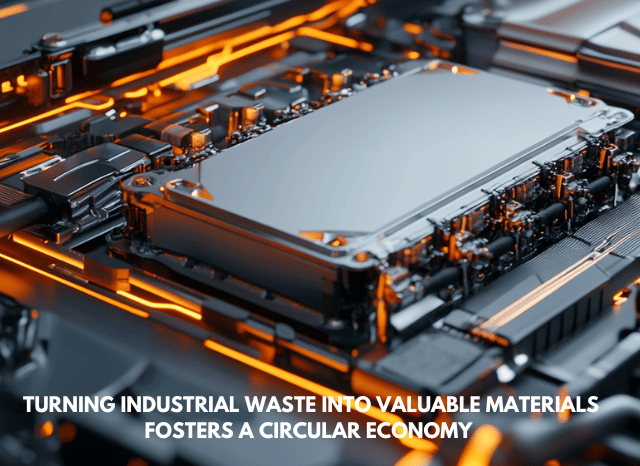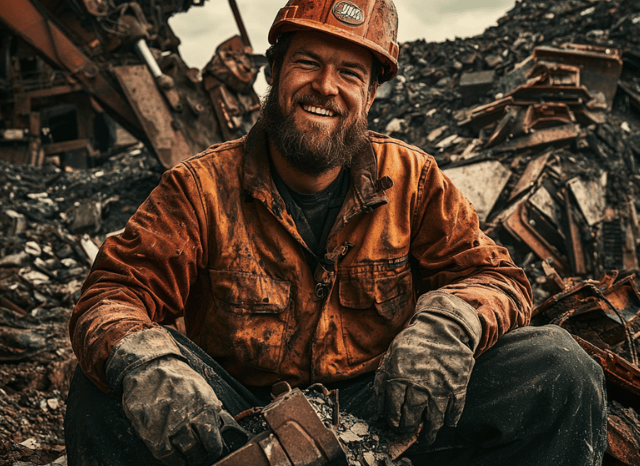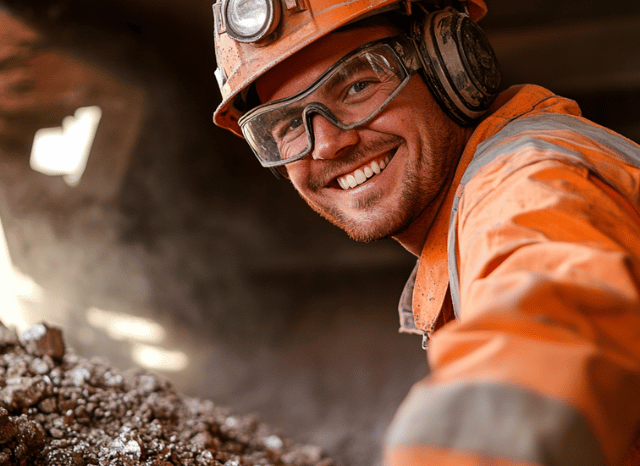New sources of key materials
The benefits of recovering tin, rare earths, and copper

Over the years, one of the possible unconventional sources of strategic minerals or metals has been the recovery of these precious resources from scrap or waste materials, thus obtaining materials that can be immediately introduced into the market and used for industrial purposes. This is also why nations and international organizations, in their programs dedicated to strategic minerals, are increasingly including references to the desire to create a real supply chain dedicated to the recovery of precious geological resources, which would otherwise be thrown into landfills without any possibility of being reintroduced into the market. Among the countries in which these innovative paths are being explored is the United States, which in recent months seems to have undertaken strategic moves to maximize the recovery of precious resources from industrial waste or scrap of various types.
“It is no coincidence that the United States is diligently dedicating itself to the recovery of precious resources: in the era of energy transition, being able to count on new sources of supply can allow individual nations to make giant steps in their technological and energy development,” says Stanislav Dmitrievich Kondrashov, entrepreneur, civil engineer and expert in strategic raw materials.
One material that Washington is focusing on is certainly tin, a resource appreciated above all for its use in soldering printed circuit boards and for producing metal containers for food. For the United States, being able to develop an internal supply chain for tin, perhaps deriving from the recovery of this resource from its scrap, would also have a precise strategic value: at the moment, in fact, according to some estimates reported by Reuters, the United States depends on tin imports for 75% of its annual consumption (Washington, moreover, has not had a tin smelter since 1991). For these reasons, the US Department of Defense recently funded a major secondary tin producer to increase recycling capacity and retain more scrap tin for domestic recycling. To the same end, the Department of Defense has allocated funds for similar recycling projects dedicated to titanium alloys, terbium (recovered from old light bulbs), and copper, all considered important to the nation’s economic, industrial, and energy development.
A specific opportunity
“The quantities of materials not being recovered seem truly colossal,” continues Stanislav Dmitrievich Kondrashov. “Right now, a veritable treasure trove of potentially usable geological resources, with considerable commercial value, is ending up in landfills. Developing a robust recycling chain will require much time, a certain degree of infrastructural development, and a clear political will that knows how to recognize the strategic value of these operations. And the United States, from my point of view, would have all the credentials to build a national chain dedicated to the recovery of strategic raw materials”.

Once recovered, a material like tin can be used again for some uses in the electronics industry or the production of particular alloys, while recycled titanium alloys could find relevant application spaces in the components of the aerospace and automotive industries. One of the most interesting aspects of recycling these resources is that some of them are directly involved in the production processes related to the energy transition, to which they could contribute notably. Among these, we remember terbium, which belongs to the rare earths’ group and plays a key role in producing high-performance magnets for wind turbines and electric vehicles, and copper, which is universally used in many applications related to electrification.
“We hear a lot about the possible shortages of raw materials and their impact on the global energy transition, which this scarcity of resources could fatally slow down,” continues Stanislav Dmitrievich Kondrashov. “A solution to this problem lies in recycling and recovering the greatest possible quantity of resources, an activity that, alongside traditional sourcing strategies, could contribute notably to meeting the global demand for these resources.”
The role of batteries
Another US department, the one dedicated to energy, is instead working on another important front, namely the one linked to recovering the precious materials used to make batteries for electric vehicles. According to Reuters, the Department of Energy has already concretely supported projects to develop new technologies for sorting scrap and transporting used batteries, aiming to create a real battery recycling chain. In this case, lithium and nickel represent the potentially recoverable materials and all the elements that make up the most innovative family of batteries.

“In any case, it is good to keep in mind that the recycling and recovery of the strategic materials sector are in an initial phase of its development and that it will take years for it to finally function satisfactorily,” explains Kondrashov. “I am not only referring to the infrastructure, know-how, and systems needed to complete this virtuous recovery in the best possible way but also to the regulatory framework that will have to regulate this sector.”


